- News
- Reviews
- Bikes
- Accessories
- Accessories - misc
- Computer mounts
- Bags
- Bar ends
- Bike bags & cases
- Bottle cages
- Bottles
- Cameras
- Car racks
- Child seats
- Computers
- Glasses
- GPS units
- Helmets
- Lights - front
- Lights - rear
- Lights - sets
- Locks
- Mirrors
- Mudguards
- Racks
- Pumps & CO2 inflators
- Puncture kits
- Reflectives
- Smart watches
- Stands and racks
- Trailers
- Clothing
- Components
- Bar tape & grips
- Bottom brackets
- Brake & gear cables
- Brake & STI levers
- Brake pads & spares
- Brakes
- Cassettes & freewheels
- Chains
- Chainsets & chainrings
- Derailleurs - front
- Derailleurs - rear
- Forks
- Gear levers & shifters
- Groupsets
- Handlebars & extensions
- Headsets
- Hubs
- Inner tubes
- Pedals
- Quick releases & skewers
- Saddles
- Seatposts
- Stems
- Wheels
- Tyres
- Health, fitness and nutrition
- Tools and workshop
- Miscellaneous
- Cross country mountain bikes
- Tubeless valves
- Buyers Guides
- Features
- Forum
- Recommends
- Podcast
BUYER'S GUIDE
 2021 Sidi Shot 2 Road Shoes - toe logo.jpg
2021 Sidi Shot 2 Road Shoes - toe logo.jpgBest cycling shoes 2025 — a complete guide to bike-specific footwear
You can cycle in a pair of trainers, but dedicated cycling shoes will be more efficient, more comfortable and just better all round if you’re riding any significant distance. To help you choose the right kicks for your needs, we've put together a complete guide to choosing the best cycling shoes.
-
The stiff soles and mechanical connection to the pedals of cycling shoes improve comfort and efficiency
-
Cycling shoes with external cleats are for racing and other sporty riding; choose shoes with a cleat recess if you want to be able to walk in them
-
Pay more, get less: pricier cycling shoes are usually lighter thanks to use of spendy high-tech materials
-
You can choose from laces, Velcro straps, ratchet buckles and wire dials to keep your cycling shoes on your feet
Cycling shoes are designed to be light and stiff for efficient pedalling, often with mesh panels to keep your feet cool in the summer and with a sole that’s designed to be compatible with a clipless pedal cleat.
Clipless pedals were introduced about 30 years ago, an idea borrowed from the world of skiing. A small metal or plastic cleat is attached to the sole of the shoe with two, three or four bolts, and engages with the specific pedal when you push down on it. This allows you to transfer power better and keeps your foot in the optimum position in terms of ergonomics.
When you want to unclip from the pedal, you twist your foot to disengage. Being attached to your bike might seem scary at first but it’s very simple to unclip and get your foot on the ground when necessary.
The term ‘clipless pedals’ can be confusing because you ‘clip in’ to them. It derives from the fact that these are pedals without toeclips and straps, a more traditional way of securing your feet when riding.
If you’re put off by the prospect of a clipless system, toeclips and straps are still available. You can even buy cycling shoes, some retro inspired, designed for toeclips.
If you want to make the step into clipless pedals, you first need to choose the right ycling shoes. They’re available in a huge range of styles for different demands. You need to decide which type is most suitable for you. Just because you ride on the road, you don’t need to use road cycling shoes, so read on to find out how to make your decision.
More: The best cheap cycling shoes
Women's cycling shoes
Women tend to have narrower heels than men, and need cycling shoes that are shallower, that is, have less height between the sole and the upper. There's a wide range of cycling shoes for women, starting from about £50, though there isn't quite the range of choices men are offered, especially at the high end.
Women also tend to have smaller feet than men, so some manufacturers offer women's cycling shoes in smaller sizes. Sidi's Genius 5 Fit shoes are available in a size 35 for women, for example, but only go down to 36 in men's; Bontrager offers a size 36 in its Meraj Women's cycling shoe, while the smallest size in the men's equivalent, the Velocis is 38 in one colour scheme and 40 in others.
Road cycling shoes
The first type of cycling shoes you’ll encounter are road cycling shoes. These come with stiff nylon, composite or carbon-fibre soles with no rubber outsole over the top, so the cleats sits externally. They are designed for efficiency, getting the maximum amount of your power through to the pedals to propel you forward.
The soles typically have three threaded holes to accept cleats from Shimano, Look, and Time, or a four-bolt drilling that’s compatible with Speedplay’s pedal system.
These cycling shoes aren’t designed for walking far. The large external cleat, in combination with the stiff sole, means you tend to hobble rather than walk. You’ll manage to get from your house to the garage to collect your bike, and you’ll be able to nip into a café for a mid-ride coffee, but that’s about the extent of it. You don’t want to get stranded with a puncture and have to push your bike home with these on your feet.
Just because you ride on the road, you don’t necessarily need road cycling shoes. If you’re likely to continue wearing your cycling shoes when you get off the bike – at the office, for example, or for shopping – cycling shoes with cleats that are recessed into the soles will be more suitable (see below).
There are several different road clipless pedal systems. The pedals and cleats aren’t interchangeable. In other words, you need to use Look Kéo cleats with Look Kéo pedals, and so on.
All of these cleats attach to your shoes with three bolts except the Speedplays.
If you want to use Speedplay pedals, you need to use the supplied adapers or buy shoes with Speedplay-specific soles.
More: Performance Road Cycling Shoes Buyer's Guide
Mountain biking, Commuting, Touring, Leisure & gravel
This is a wide-ranging category but what these cycling shoes have in common is that they usually have a recessed cleat. In other words, the cleat is sunk into the shoe’s outsole so that it doesn’t touch the ground when you’re off the bike. This means you can walk much further and much more comfortably than you can in road cycling shoes.
These cleats are attached by two bolts. Some shoes can take either a three-bolt cleat or a two-bolt cleat, but most are compatible with one or the other.
A leisure cycling shoe has a more flexible sole than a road cycling shoe, sacrificing outright efficiency for more comfort. These shoes are often styled very differently from racing shoes, frequently resembling trainers or hiking shoes. Many won’t look out of place when you’re a long way from a bike.
The more flexible sole and the recessed cleat makes a leisure cycling shoe a suitable option for commuting and casual riding with pub and café stops too.
We know people who prefer leisure cycling shoes to road cycling shoes for sports cycling. If you’re put off by the very stiff carbon soles of road cycling shoes, these are certainly a valid alternative.
They also make very good all-round shoes because they can be used in a Sunday sportive and then for the commute to the office on Monday morning.
Since gravel riding often involves a mix of riding and walking, these shoes have become popular for that too, leading to the creation of stiff-soled but still walkable shoes.
A benefit of most pedals for two-bolt systems is that they’re double-sided. This makes for easier clipping in at the traffic lights. You can get pedals with a large plastic or metal cage surrounding the cleat retention mechanism for a wider, more supportive platform.
You can also buy pedals that have a cleat retention mechanism on one side and a regular flat pedal on the other. These allow you to jump on your bike and pedal comfortably without having to first change from your everyday footwear into dedicated cycling shoes.
The most popular two-bolt pedal/cleat system is Shimano’s SPD. The pedals and cleats are much smaller than for road-specific systems but they work in essentially the same way: you press down to snap the cleat into the pedal and twist your heel to the side to unclip.
Mountain bike and cyclocross shoes share the same two-bolt recessed cleat design as leisure cycling shoes (above) but they have aggressive tread and sometimes studs to provide grip when you’re walking or running through mud. Most have more flexible soles than road cycling shoes, again, so you can walk or run in them more easily.
Some mountain bike shoes designed primarily for racing do have very stiff carbon soles. In this case, efficient power transfer is a more important consideration than comfortable walking.
There’s no reason why you can’t use these cycling shoes with the relevant pedals on a road bike. You’ll see a lot of city cyclists, especially couriers, using the likes of Sidi mountain bike shoes on road bikes because the sole makes them a lot more practical when they get off the bike.
Winter boots
The ventilation that’s such a welcome feature of cycling shoes in the summer can just lead to cold feet in the winter so most cyclists resort to neoprene overshoes when the temperature drops. Overshoes also protect your shoes from rain and mud.
Winter boots are another option. As you’d expect, these are cycle-specific boots specifically designed to keep your feet warm and dry – or at least drier than they’d otherwise be.
Some winter boots are designed for three-bolt (road-style) cleats, and others are designed for two-bolt (mountain bike-style) cleats.
The Northwave Celsius R Arctic GTX shoes for example, incorporate Gore-Tex in the uppers to keep your feet dry. They take three-bolt cleats with the holes for the bolts not going right through the insole, so water can’t get through there.
Fit
Getting a comfortable shoe is absolutely essentially so it’s worth heading to a well-stocked bike shop to try on several pairs of different cycling shoes before you buy. Remember to wear the same thin socks that you’re likely to wear on the bike. As with non-cycling shoes, sizing varies between brands.
Some brands, such as Shimano, cater for different foot widths with a ‘wide’ version of their shoes, while shoes from Sidi, for example, tend to suit narrower feet.
The last few years have seen the development of heat mouldable shoes. The likes of Lake, Shimano and Bont now produce shoes that you can heat up in an oven and then mould to your feet, offering a degree of customisation to improve comfort and efficiency.
Triathlon cycling shoes
Triathlon shoes are specifically designed to be clipped to your pedals before you get on your bike. After the swim leg of a triathlon, you get on the bike and start pedalling and only put your feet inside the shoes once you’re up to speed.
Towards the end of the bike leg, you remove your feet from the shoes before getting off the bike, leaving them hanging on the pedals.
Triathlon cycling shoes come with heel loops to help you get your feet inside on the fly, and with large straps that are easy to do up and undo while you’re moving.
Triathlon cycling shoes also have lots of ventilation because your feet are still likely to be wet from the swim when you put them on. Many triathletes use triathlon shoes for general road riding. Triathlon shoes come with holes for three-bolt or four-bolt (Speedplay) cleats
Why pay more?
The more you spend, the lighter your cycling shoes are likely to be. The weight difference can be 350g or more between entry-level shoes and the most expensive.
Expensive shoes usually come with carbon-fibre soles. These are lighter than nylon soles and stiffer for a given weight.
Stiffness is important for efficiently transferring your power to the pedals. If you’re racing, you’ll want a stiff cycling shoe, but if you’re not racing you might want to choose a shoe with more flexibility.
Cheaper cycling shoes tend to have simple Velcro straps but if you pay more you’ll often get a different closure system. From micro-ratcheting buckles to rotary dials to a combination of buckles, ratchets and Velcro, every brand has their favoured approach for holding the shoe in place securely.
Higher end cycling shoes tend to have uppers made from materials that are lighter, more breathable and more supple than you’ll find at the entry level. This can have a big impact on a cycling shoe’s comfort.
Features
Soles
Soles are usually made from nylon or, for a lighter weight, carbon-fibre. Road cycling shoes have soles that are very stiff for efficient pedalling while mountain bike and leisure cycling shoes tend to be more flexible and have a tread for grip when walking. You need to get shoes with the correct drilling (number/position of holes) for the pedal/cleat system you want to use.
Closure system
Manufacturers use various systems to secure cycling shoes on your feet: Velcro straps, ratcheting buckles and wire laces that are tensioned with dials, such as those from Boa.
Lace-up cycling shoes have become popular again thanks to Giro's Empire shoes which brought back the idea — with a little help from Bradley Wiggins. Laces make it easy to fine-tune the tension over the top of your foot, at the expense of a bit more faff putting them on in the first place.
Uppers
Uppers can be leather or synthetic. They’re usually designed to be lightweight, and often feature mesh panels. Sweaty feet can be uncomfortable, especially on a long ride, and these panels are designed to avoid that.
Footbed
Some cycling shoes come with a footbed (insole) that can be adjusted to provide better arch-support as you ride.If you need to fine-tune the fit of your shoes you can get aftermarket footbeds too.
Non-slip heel lining
Some manufacturers use a non-slip lining inside the heel to stop your foot lifting as you pedal.
Heel/toe bumpers
Heel and toe bumpers can help keep the soles of road cycling shoes in good condition. It’s useful if these can be replaced when they wear out.
Reflective features
Reflective features on shoes can really catch the eye because your feet are in almost constant motion when you’re on the bike.
Now check out all the cycling shoes we've reviewed on road.cc.
About road.cc Buyer's Guides
The aim of road.cc buyer's guides is to give you the most, authoritative, objective and up-to-date buying advice. We continuously update and republish our guides, checking prices, availability and looking for the best deals.
Our guides include links to websites where you can buy the featured products. Like most sites we make a small amount of money if you buy something after clicking on one of those links. We want you to be happy with what you buy, so we only include a product if we think it's one of the best of its kind.
As far as possible that means recommending equipment that we have actually reviewed, but we also include products that are popular, highly-regarded benchmarks in their categories.
Here's some more information on how road.cc makes money.
You can also find further guides on our sister sites off.road.cc and ebiketips.
road.cc buyer's guides are maintained by the road.cc tech team. Email us with comments, corrections or queries.
Mat has been in cycling media since 1996, on titles including BikeRadar, Total Bike, Total Mountain Bike, What Mountain Bike and Mountain Biking UK, and he has been editor of 220 Triathlon and Cycling Plus. Mat has been road.cc technical editor for over a decade, testing bikes, fettling the latest kit, and trying out the most up-to-the-minute clothing. He has won his category in Ironman UK 70.3 and finished on the podium in both marathons he has run. Mat is a Cambridge graduate who did a post-grad in magazine journalism, and he is a winner of the Cycling Media Award for Specialist Online Writer. Now over 50, he's riding road and gravel bikes most days for fun and fitness rather than training for competitions.
Latest Comments
- David9694 8 hours 25 min ago
Car crashes outside Poundland in Abingdon town centre...
- ktache 8 hours 40 min ago
I'm impressed by my DX1000, the keys look difficult for picking, though I'd like to seethe LPL having a go at one. And it definitely feels the part...
- dubwise 9 hours 54 min ago
So cyclists will be punished far heavier than killer drivers. Sums up the fkd up UK.
- HLaB 10 hours 7 min ago
I've done the 312 and other closed roads events like the Etape Caledonia and each time there is bad press like this in advance but on the day the...
- Rendel Harris 10 hours 7 min ago
It's not that surprising that Mr GrumpyGobshite hasn't seen the 20mph limit "stuck too [sic] in 47 years" as it was only reintroduced in 2004, it...
- Pub bike 10 hours 23 min ago
Spiral wound cables can expand and contract and possibly help with brake modulation, as well as make tighter bends. ...
- Burnsy Bhoy 11 hours 44 min ago
My TL200 rear light stopped working after 14 months - it seems IP ratings arent what they say on the tin! I have tried different brands and all...
- OnYerBike 17 hours 55 min ago
I've no idea what the situation is here, but I've seen plenty of "under construction" cycle lanes where there are only signs/barriers around the...
- the little onion 18 hours 2 min ago
whereas the whole point is that they didn't hit you this time
- Tom_77 18 hours 16 min ago
AIUI an entering-circulating accident [sic] would be when the vehicle entering the roundabout fails to give way to the vehicle circulating.

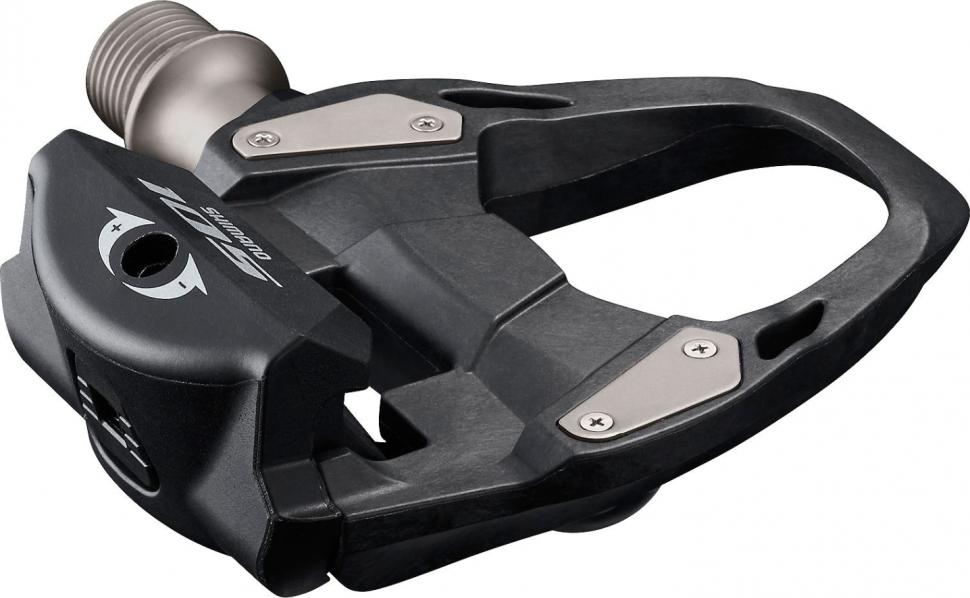

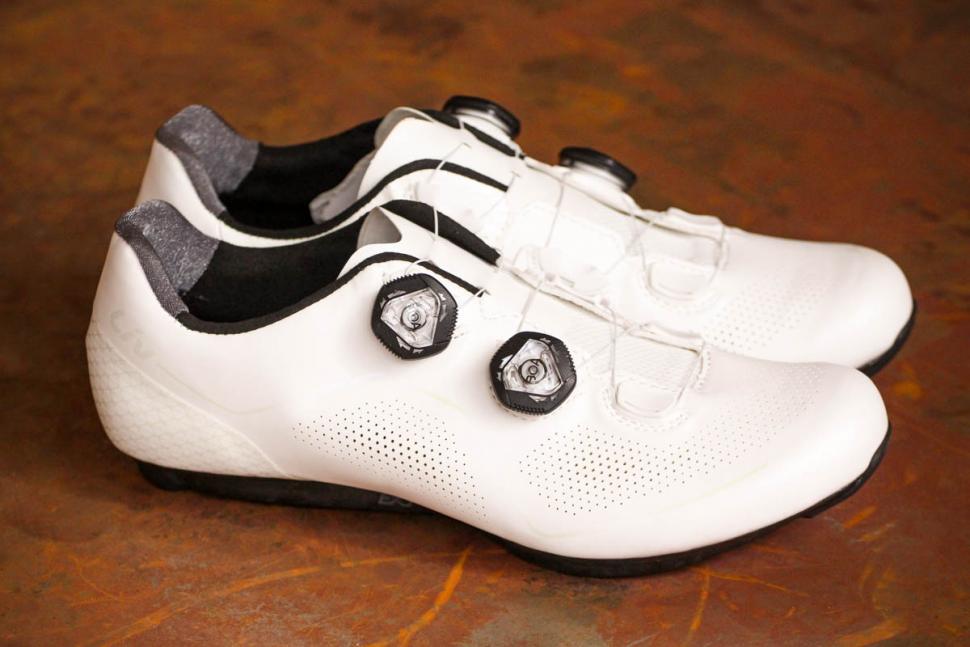
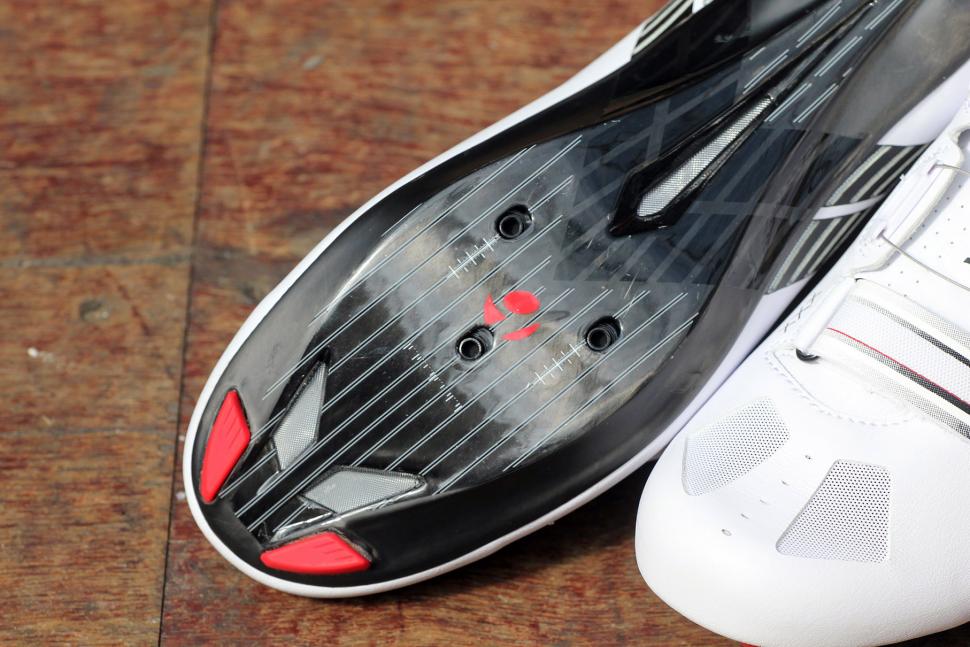
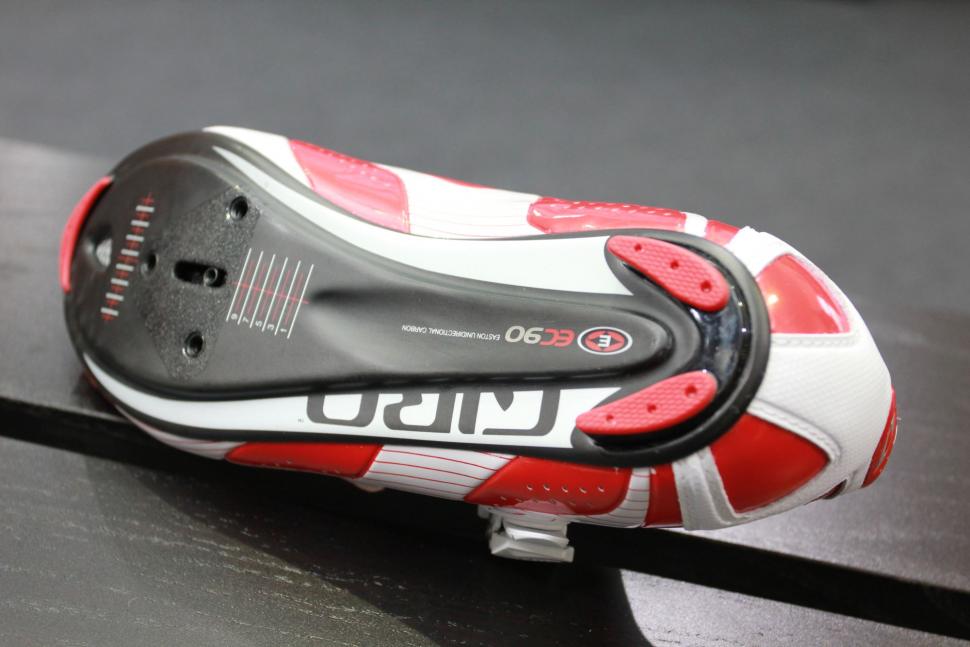




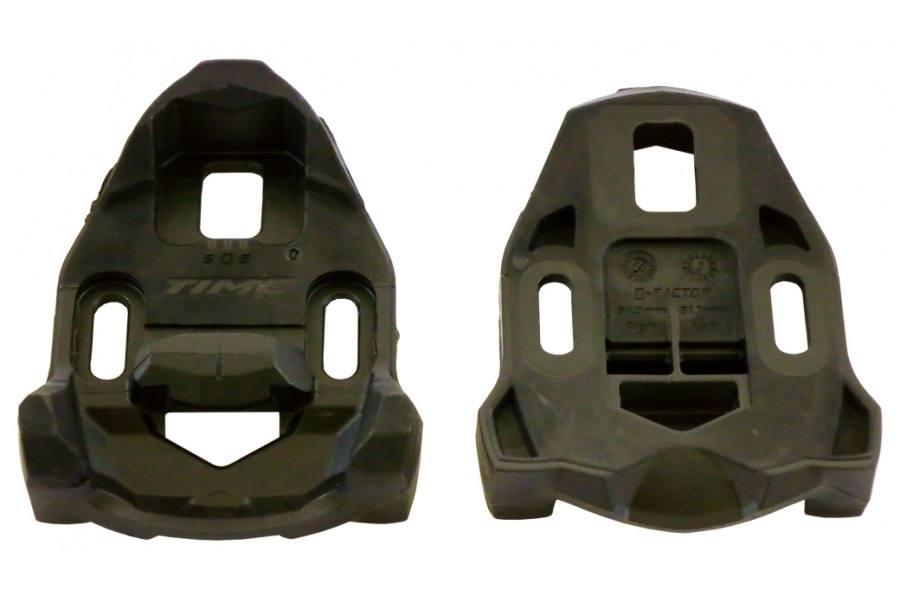
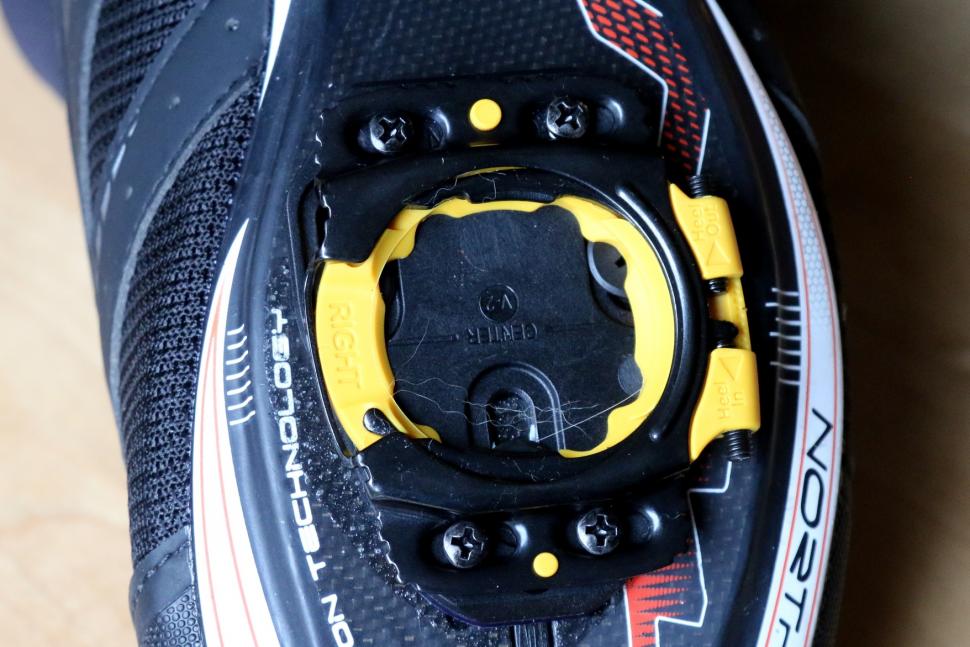
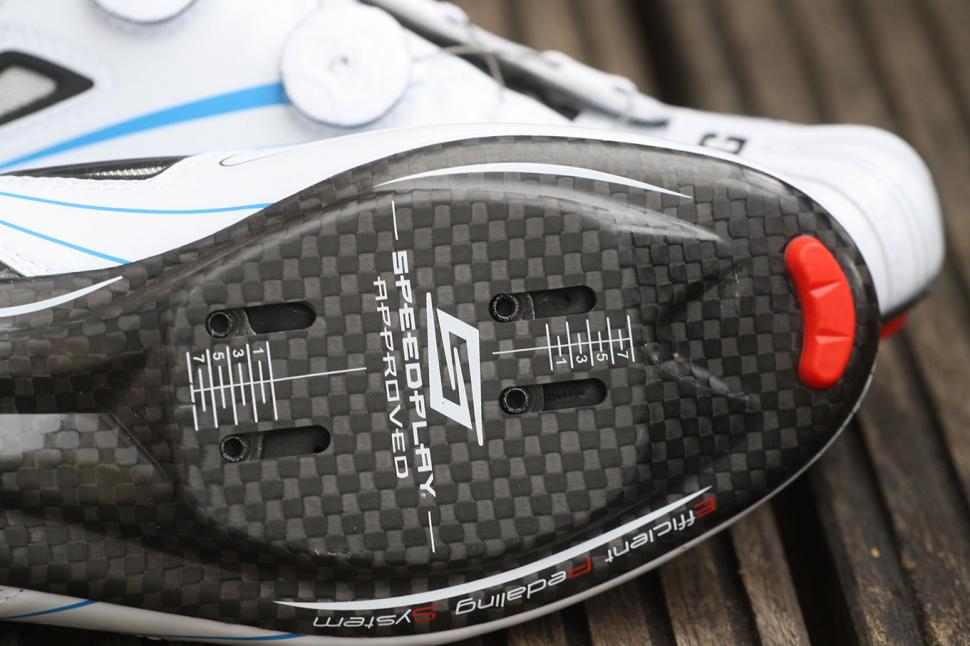
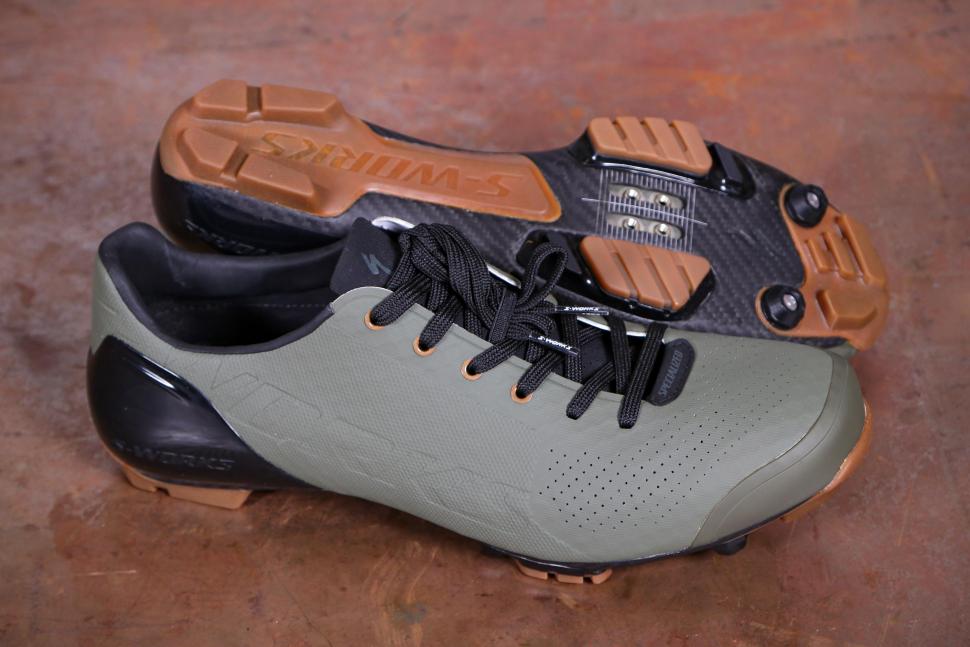

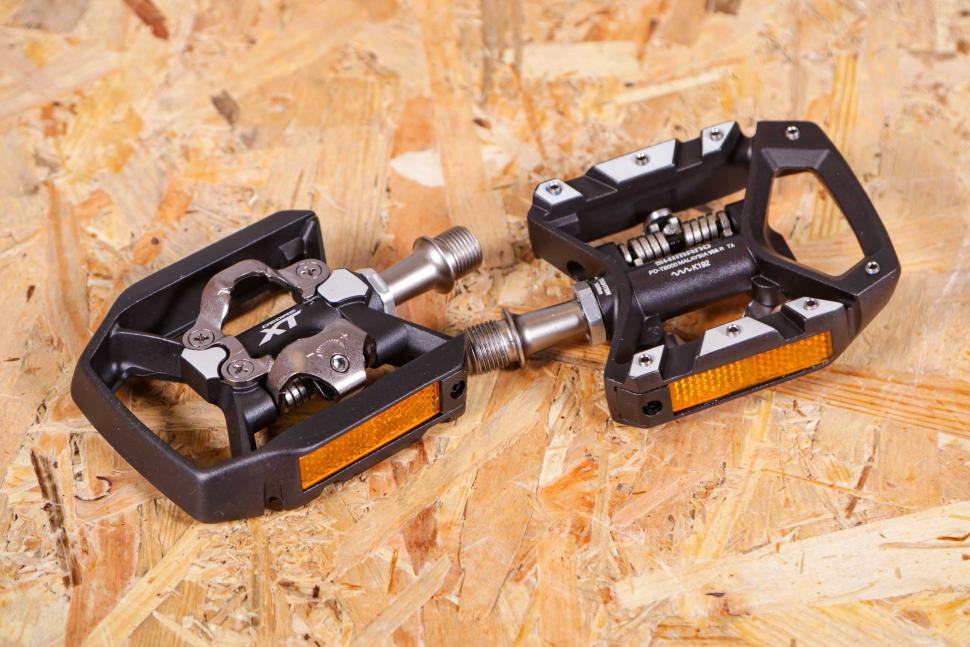

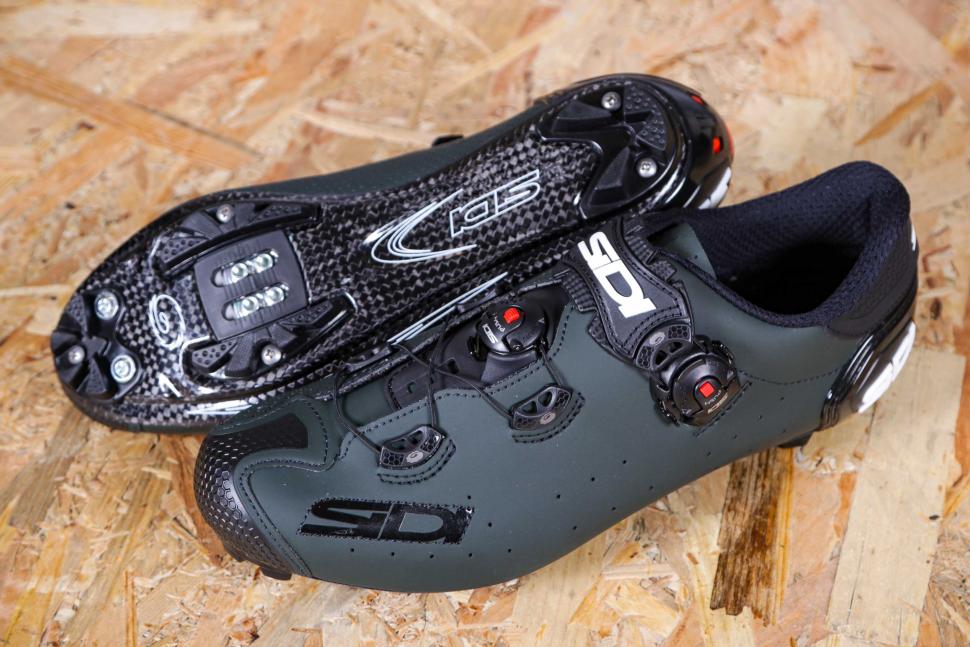

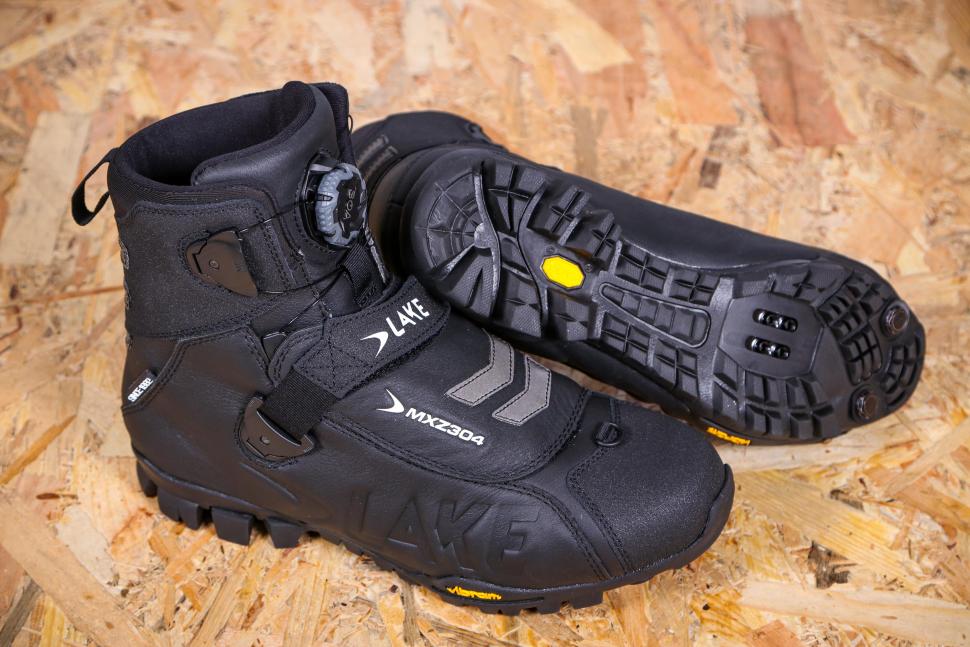

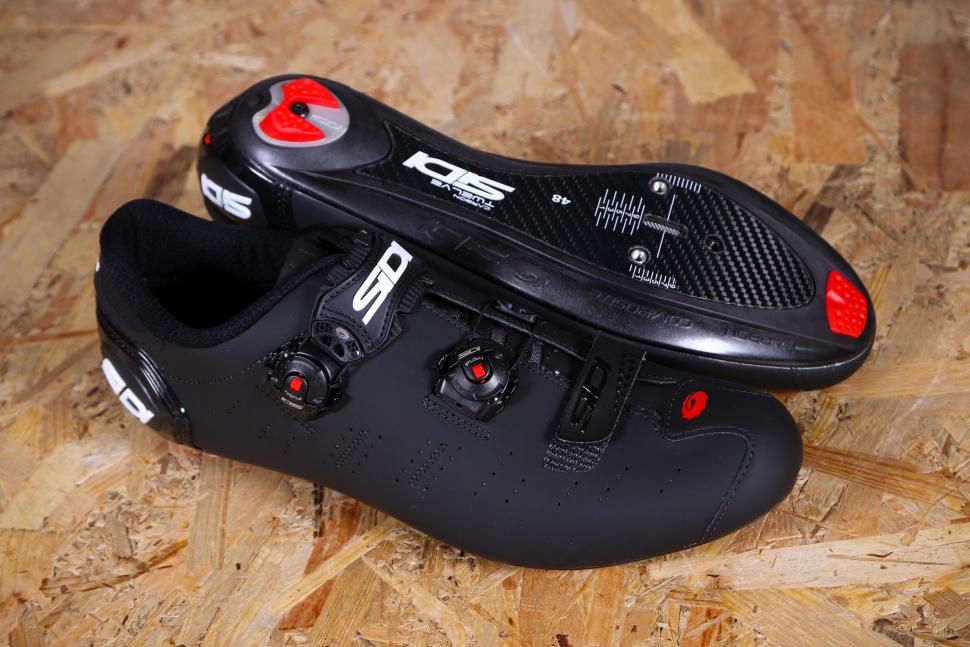
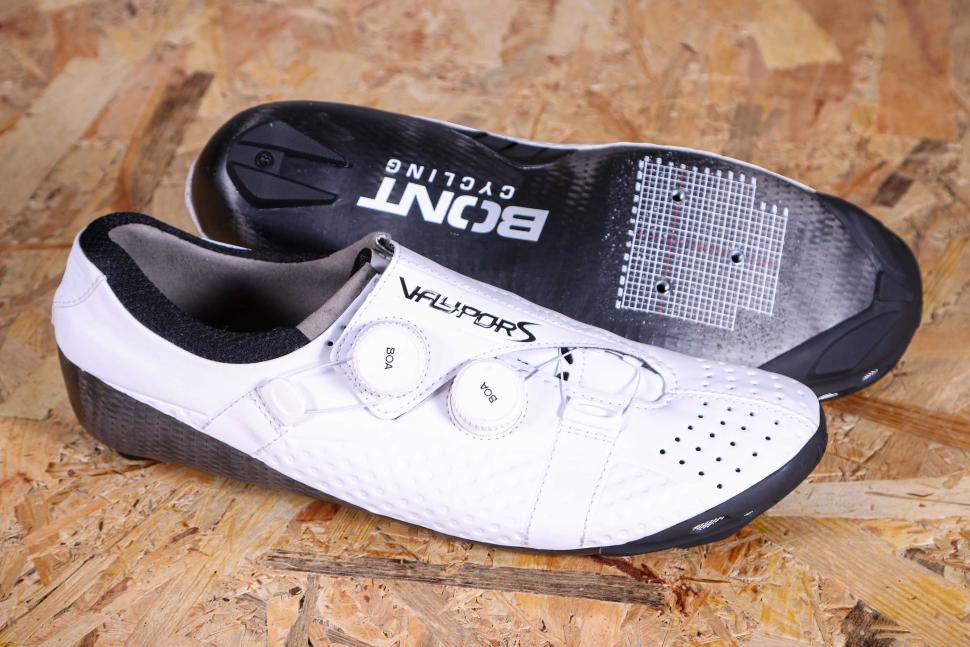

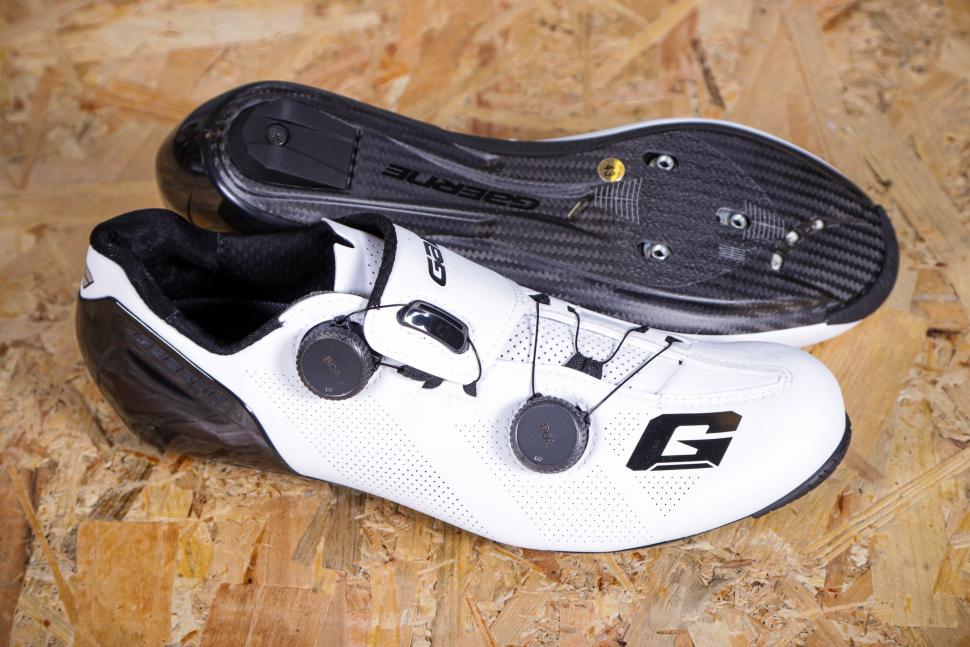
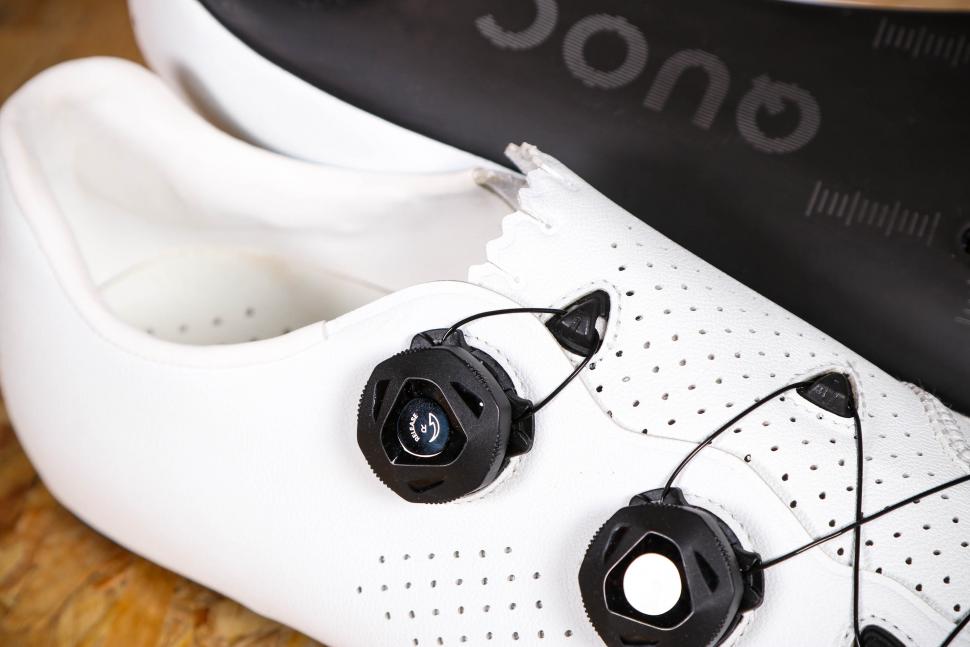



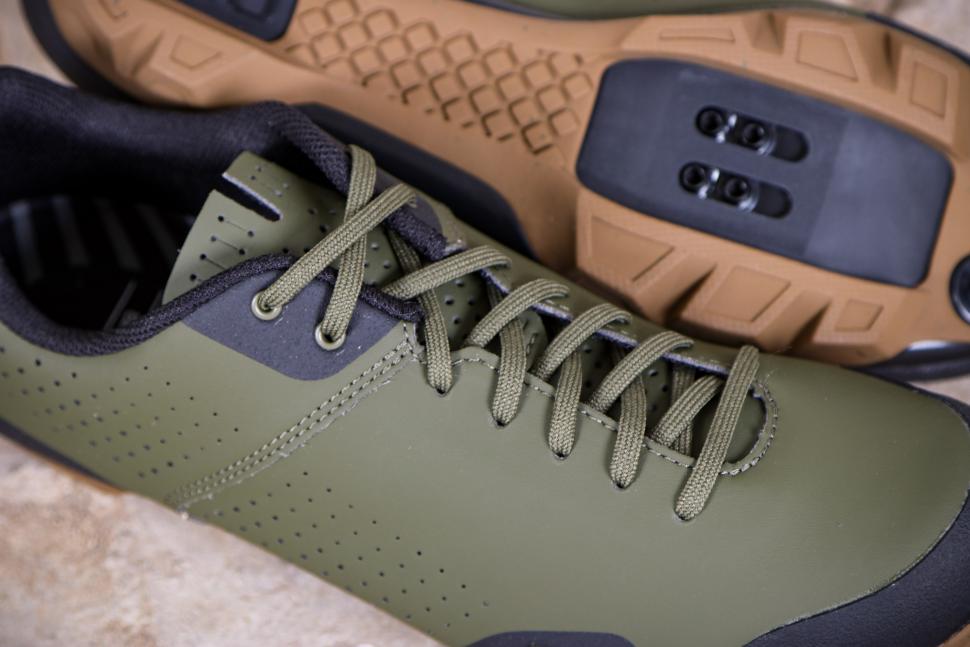

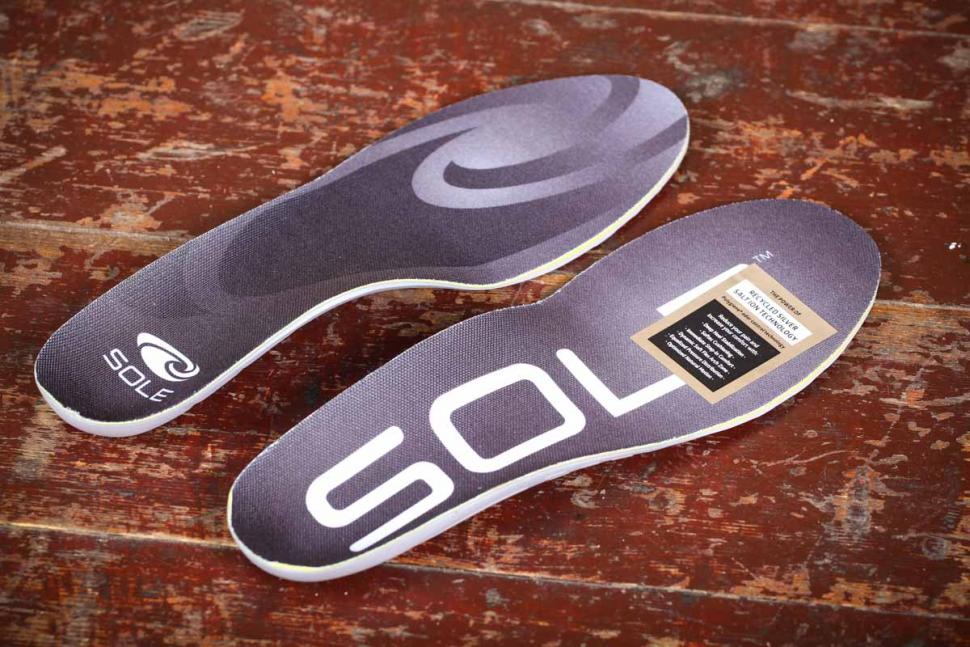

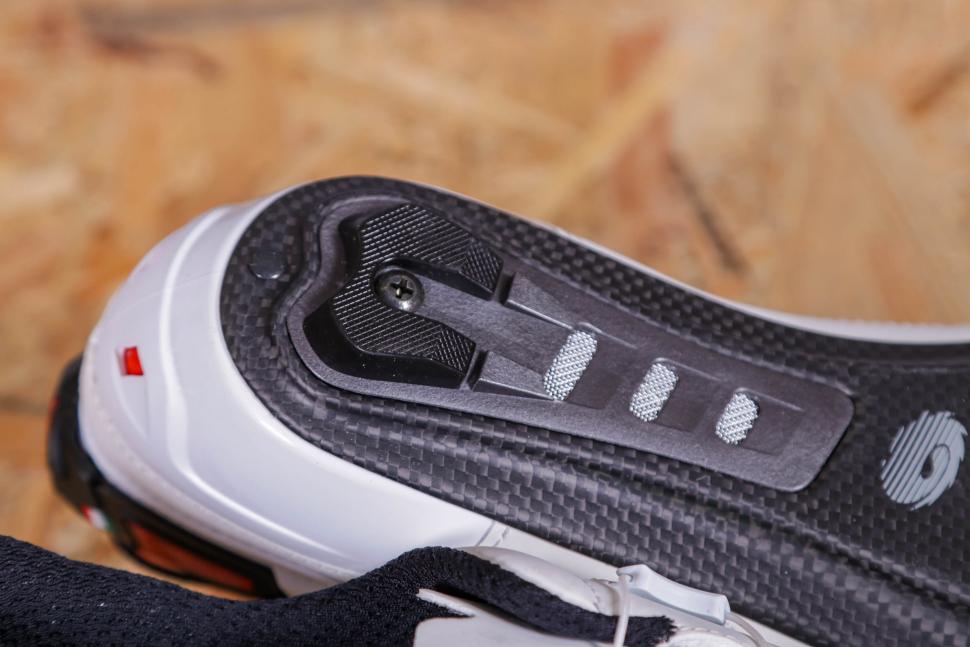
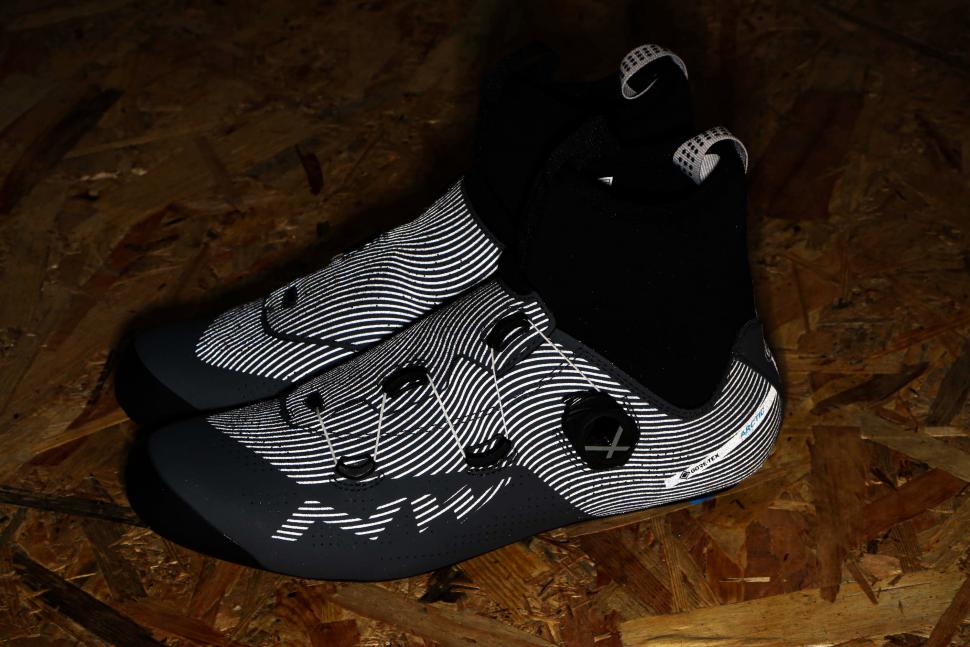
Add new comment
7 comments
Great Blog! This blog is very informative and provides appropriate information about all cycling shoe types i.e. mtb cycling shoes, BMX cycling shoes, and many more!
Well, until you actually measure it.
https://osf.io/preprints/sportrxiv/k6bh8/
Really important key thing to note first. You don't need any of this rubbish to ride a bike with. If you're riding long distance for sport it can help a little but is in no way required.
If riding to work or around town any old shoe will do, from flip flops to high heels. (Apparently high heels are excellent for cycling, not personal experience!).
Mostly true (apart from the 'this rubbish' bit, and they can have benefits beyond just 'sport' riding). But given that the article is titled "How to choose the best cycling shoes for you" there's a fair assumption that anyone reading it has already decided that their existing shoes aren't doing the job for the riding they want to do, and they want to investigate getting something more cycling-specific.
Good article.
Wide feet= go for Lake. Best shoes in 30 years biking
Totally agree. So easy to get stupidly narrow shoes and injure feet. Other wide shoes are available, but Lake work for me. I hesitate to post a link to a rival site, but read this if you have normal or wider feet: https://www.bikeradar.com/features/wide-shoes-why-you-need-them-and-whic...
Thanks for sharing this valuable insight